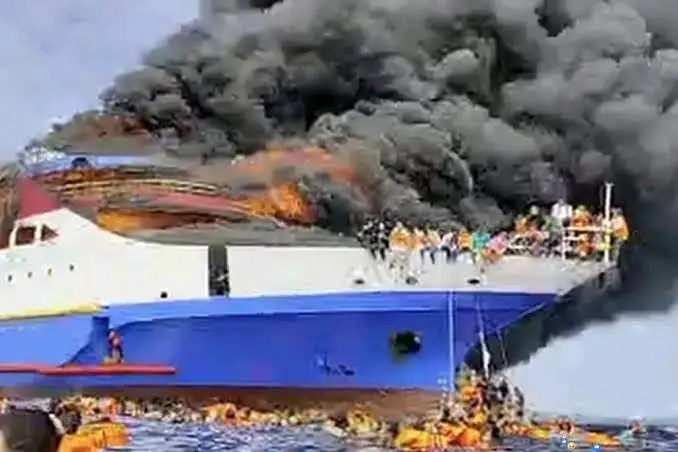
Ohio is on the brink of a historic weather disaster, and Governor Mike DeWine is preparing to declare a state ofemergency as meteorologists
warn of a colossal storm system rapidly approaching the state. This unprecedented weather event, fueled by extreme atmospheric conditions,
has the potential to devastate communities across Ohio, bringing with it torrential rains, hurricane-force winds, and life-threatening flooding.
Experts tracking the storm describe it as an unstoppable force of nature, with conditions intensifying by the hour. Forecasters predict that sustained winds
could exceed 100 mph, while relentless downpours threaten to overwhelm rivers, break dams, and submerge entire neighborhoods.
The National Weather Service has already issued urgent flood warnings, and some areas may see record-breaking rainfall levels.
“This is shaping up to be one of the most dangerous weather events Ohio has ever faced,” warned a senior meteorologist at the National Weather Service.
“The storm is showing patterns similar to a land-based hurricane. If it continues to strengthen, we could see widespread destruction,
extended power outages, and an infrastructure crisis that could take weeks—if not months—to recover from.”
In response to the looming crisis, Governor DeWine is set to officially declare a state of emergency within the next 24 hours, activating the Ohio Emergency Management Agency (OEMA)
and deploying the National Guard to assist with storm preparations. Evacuations may be ordered in high-risk flood zones, while emergency shelters are being set up across the state to accommodate displaced residents.
“We will not wait until this storm makes landfall to act,” a spokesperson from the governor’s office stated. “Governor DeWine is committed to ensuring that Ohio is fully prepared before disaster strikes. Once the emergency declaration is signed, we will immediately begin deploying resources to the most vulnerable areas.”
With devastating winds, flooding, and even the potential for tornado outbreaks, Ohioans are being urged to take immediate precautions. Emergency officials recommend securing outdoor objects, stocking up on essential supplies, and preparing for prolonged power outages. Residents in low-lying areas and near major rivers should be ready to evacuate at a moment’s notice as authorities monitor potential flash flood developments.
As the storm barrels closer, the big question remains: Will Ohio’s preparations be enough to prevent widespread catastrophe? One thing is certain—the clock is ticking, and this storm shows no signs of slowing down.






